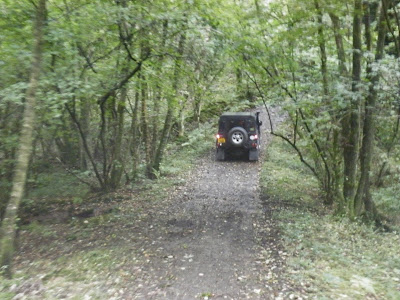Tell you what; we’re going to walk into a bank with a sawn-off shotgun, wearing a hooped jumper, a face mask and carrying a bag marked ‘swag’ – we should get off scot-free…well bank robbing is ‘traditional’ isn’t it – it’s happened as long as there have been banks to rob. Or is money more valuable than a life…probably!
Anyone up for some witch burning this weekend?
There are many cultural traditions which ought to be kept alive, we have a good mate who is into Morris Dancing but his troupe really struggle to attract new members; a worthy tradition that should be kept alive whereas the killing terrified and exhausted animals for fun is not a tradition that ought to see light of day in a so called civilised society. Maybe some/all of those involved should be taken to the Serengeti and put in front of a pack of Hunting Dogs and made to start running – see how they like it when the teeth are on the other foot.
Back to the almost civilised Patches; our Peregrine roosted on the water tower over night, perhaps it is now back for the winter...it’s ‘traditional’ for the pigeon fondlers to murder these too, so perhaps we shouldn’t be giving the location away.
Once again we lazily didn’t count the Robins but there were only a few to be heard in the park and just a single in the gardens along the main road so we assume that most have taken the opportunity of the clear moonlit skies to move on. Not too many Blackbirds about either and we’ve not yet heard the ‘tseep’ of Redwings overhead.
Sighting of the morning was Frank’s hi-vised backside disappearing into one of the thickets and a dog-Fox belting out of the other side…it’s traditional you know!!!
A pre-work stop at the bottom end of Patch 2 gave us very little on the sea and very little on the beach. All the action was overhead. Out at sea four Knot flew beneath two ‘alba’ Wagtails. These two were the vanguard of around two dozen more we had in the quarter hour we were there. Also heard were some Chaffinches and fewer Meadow Pipits. Three finchy-type birds flew over calling – a call we didn’t recognise, our first thoughts were Lapland Buntings as there have been relatively high numbers all over the place. Back in the office we listened to Xeno-canto which proved they weren’t those, had a mooch about in X-c trying to find something that matched without success - so what were they?
No lunchtime visit today had to go and get some money back from a robbin' bank – is it ‘traditional’ that banks make mistakes, usually unlike Monopoly NOT in your favour! Fortunately the bank had done something that broke with tradition and already rectified their mistake by the time we got there, doesn’t happen often! Dohhhh…we could have had a bit of a safari down on Patch 2 after all.
A site visit to another office just down the road give us a calling Coal Tit which then shot out of the tree like a rocket and headed upwards and northwards...not the traditional directional at this time of year.
Where to next? The weekend is looming – whoo-hoo perhaps a more distant safari with a rather dapper mustachioed target in mind and one we dipped earlier might well put in a reappearance.
In the meantime let us know what the traditions are in your outback.

 Then we had sighting of the day; the Safari's first Painted Lady of the year going south down the beach into the wind at a rate of knots - migrating?
Then we had sighting of the day; the Safari's first Painted Lady of the year going south down the beach into the wind at a rate of knots - migrating?





















 Then looking further to the north as the tide was rising squeezing the beach we could see even more stretched out all along the water’s edge as far as we could see with a couple of dense flocks too. Altogether probably well in excess of 2000 of them! Usually we think 50 is a good count on Patch 2!
Then looking further to the north as the tide was rising squeezing the beach we could see even more stretched out all along the water’s edge as far as we could see with a couple of dense flocks too. Altogether probably well in excess of 2000 of them! Usually we think 50 is a good count on Patch 2! It's a small portion of the 'second' post-jogger flock.
It's a small portion of the 'second' post-jogger flock.
























